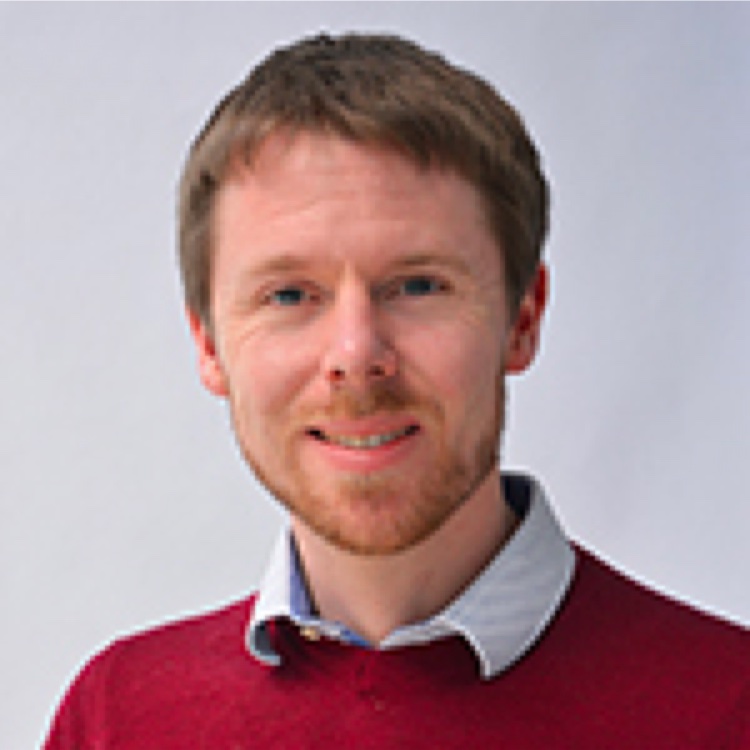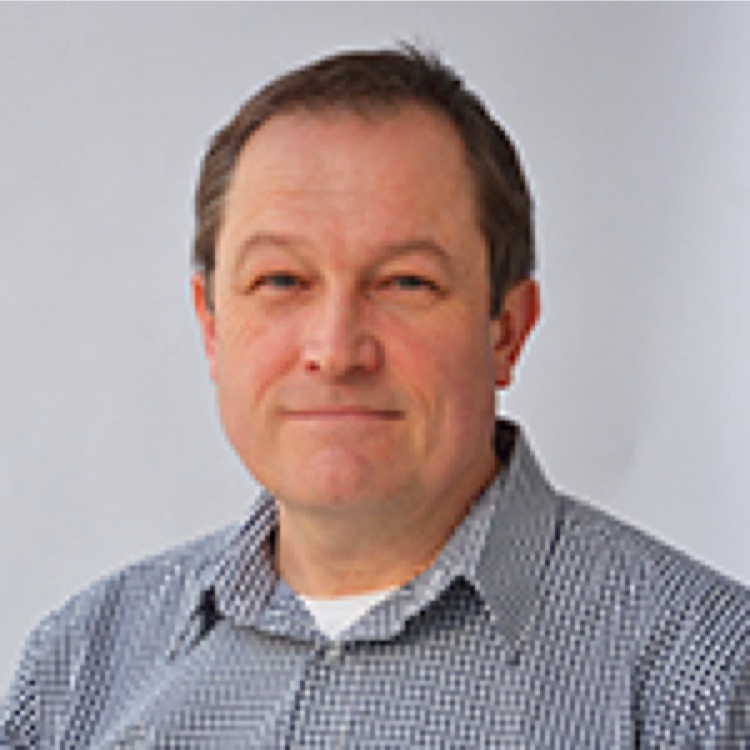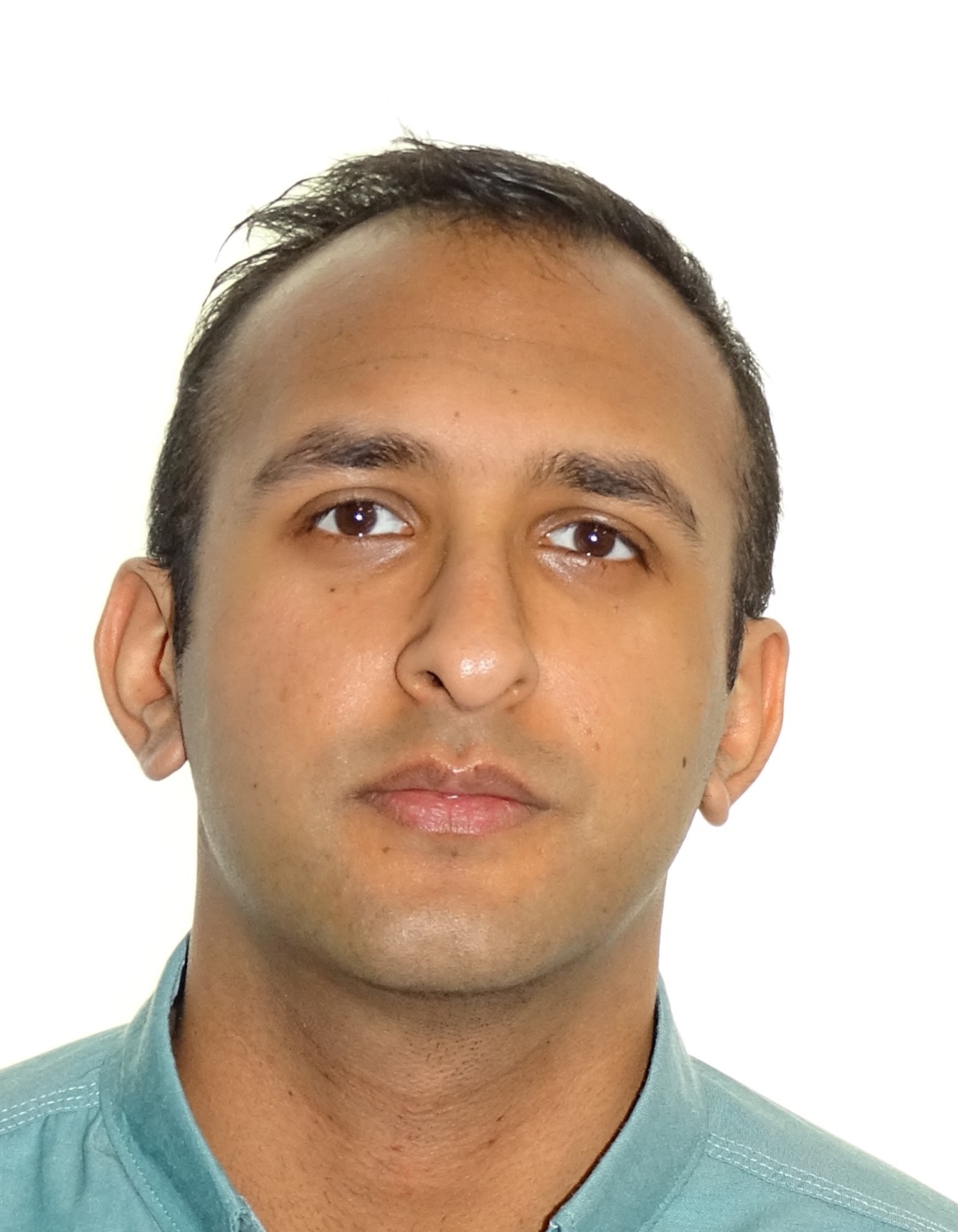People
This project brings together a multidisciplinary team of researchers from groups at Durham University (DU), University of Dundee (UoD) and The British Geological Survey (BGS). Numerical modelling expertise comes from Will Coombs & Charles Augarde at DU, physical modelling expertise and interactions with industry come from Michael Brown at UoD and expertise in geohazard assessment and site characterisation for offshore infrastructure comes from Gareth Carter & Kirstin Johnson at the BGS.

Professor Will Coombs
Will Coombs is a Professor of Computational Mechanics at Durham University and the overall lead for the Offshore Cable Burial: How deep is deep enough? project. Will is an expert in non-linear computational solid mechanics particularly for large deformation geotechnical problems, including the formulation and implementation of material models for fine-grained soils and the development of new plasticity approaches. Will, in collaboration with Charles Augarde, are experts in the numerical modelling approach to be adopted in this project, the material point method (MPM) and its application to problems in offshore geotechnics. As part of this they have solved several issues with the MPM relating to: implicit solution of large deformation problems, application of boundary conditions, avoidance of spurious numerical artefacts such as volumetric locking and defining appropriate continuum mechanics frameworks to solve the governing physical equations. They are committed to making these developments as open as possible via AMPLE: A Material Point Learning Environment, a freely available, open source MATLAB code, designed to make the MPM approachable. Will is a Co-Investigator on a number of current EPSRC funded projects in the areas of: offshore wind foundations and cabling in close collaboration with Orsted (EP/R004900/1) and onshore wind turbine foundations (EP/P029434/1). Will has collaborated with Michael Brown (University of Dundee) on a number of successful recent projects, on seabed cable ploughing (EP/M000397/1) and screwpiles (EP/N006054/1), the latter receiving follow-on EPSRC impact acceleration funding to enhance the industry readiness of the developed software tools. In 2014 Will received an EPSRC Bright Ideas award for resilient infrastructure research. He is a member of the EPSRC Peer Review College, sits on the editorial board of Geotechnique Letters and Advances in Engineering Software, is a focus area coordinator of the Project Aura Durham-Hull-Sheffield collaboration in wind energy (aura-innovation.co.uk), is a technical lead & the PhD project coordinator for the Aura CDT (auracdt.hull.ac.uk, EP/S023763/1) and was previously the UK's representative on the ECCOMAS Young Investigators Committee.

Professor Charles Augarde
Charles Augarde is a Professor of Civil Engineering at Durham University. Charles has over 20 years experience in computational geotechnics and has published 90+ peer-reviewed articles, on computational modelling. Charles is on the editorial boards of Computers & Geotechnics, Computers & Structures and Geotechnique, is a member of the EPSRC Peer Review College, a Chartered Fellow of the Institution of Civil Engineers and past president of the UK Association for Computational Mechanics (2016-18).

Dr Robert Bird
Robert Bird is postdoctoral researcher at Durham University and is an expert in adaptive numerical methods for computational mechanics, specialising in the modelling of highly accurate crack propagation and damage, with multiple corresponding journal publications. In 2020 he obtained his PhD, for which he won two awards: one for best postgraduate presentation at the 2016 UK Associate for Computational Mechanics (UKACM) Conference, and the UKACM Roger Owen Award in 2020 for best PhD thesis. Additionally, he was a finalist in 2021 for the ECCOMAS best PhD thesis competition and the 11th ECCOMAS PhD Olympiad. Robert also has experience in developing optimised code, he is published in BLAS optimisation to develop fast solvers for linear and non-linear computational mechanics algorithms, the knowledge of which was used in his previous role at the Earth Science and Engineering Department at Imperial College (2020-2022). At Imperial College he developed and published numerical methods to model, and quantitatively define, fracture intensity from subsurface blast shock waves in rocks using a large and highly parallel simulator for non-linear material behaviour with damage. Now at his current position at Durham University, Robert is using his experience in computational mechanics and optimised parallel code to develop a material point method simulator for the modelling of anchor penetration and cone penetration tests in two-phase granular materials

Professor Mike Brown
Mike Brown is a Professor of Geotechnical Engineering at the University of Dundee. Mike carries out specialist physical modelling/simulation of offshore geotechnical engineering challenges for the Oil & Gas and renewable energy (ORE) sectors for a variety of problems, working closely with industrial stakeholders. He led the £1.0M EPSRC Supergen Grand Challenges Project: Developing screwpiles for offshore wind, partnered Durham University on the seabed cable ploughs project, has led research funded by the Energy Technology Partnership (ETP) and others into cable/umbilical flotation risk and characterising pipeline backfill material. Mike is an expert on the development of scientifically-based industry-focused toolkits that link in situ site investigation data to key offshore geotechnical engineering questions, such as cable plough tow forces and foundation installation requirements. He has undertaken a significant amount of work directly funded by industry looking at the simulation of offshore pipeline ploughing which has led to the development of bespoke testing facilities at the University of Dundee. This has been used to develop new plough performance prediction models and understand how ploughs behave when encountering geohazards. He was also Co-I on the FP7-funded Geowave project (1.46M Euros) looking at anchoring of wave energy converters and led the delivery of the Scottish Marine Renewables Test Centre (SMART, ERDF LUPS Priority 1, £1.8M) which resulted in key laboratory infrastructure for the renewables sector. He is a member of the newly formed EPSRC Supergen ORE Research Alignment Group (RAG). He is a recent past member of the JGS Soils and Foundations and Geotechnique journal panels, a member of the Society for Underwater Technology (SUT) Offshore Site Investigation Group (OSIG) and a UK representative on International Society for Soil Mechanics and Geotechnical Engineering (ISSMGE) TC 212: Deep Foundations. He has a track record of research outputs that create impact for industry which is recognised through industry appointing him to chair CEN TC341 WG7 and be a member of BSi B/526/03 Site investigation and ground testing.

Dr Gareth Carter
Gareth Carter is a Senior Marine Geoscientist within the Environmental Change, Adaptation and Resilience (ECAR) research challenge of the British Geological Survey. Gareth is a marine geoscientist with a proven commercial track record in assessing geological constraints and hazards to offshore infrastructure, including numerous subsea cable and pipeline route assessments. Projects include proposed HVDC cable route assessments for island links into the National Grid, focusing on potential constraints and problematic soils in relation to cable trenching and burial operations. Work relating to inter-array and export cables for ORE, has focused on problematic ground conditions within the shallow subsurface using wide and comprehensive datasets including shallow, near-surface geophysics, sediment cores, borehole and cone penetration tests (CPT). Gareth has also been responsible for the production of regional geological assessments for suitability of infrastructure installations (e.g. Irish Sea), and has undertaken UK Continental Shelf-wide assessments for new offshore developments based on a variety of foundation types. With regards to geohazards to subsea cables. GC has a track record in publishing scientific articles on topics related to this field.

Dr Kirstin Johnson
Kirstin Johnson is a Marine Geoscientist within the British Geological Survey's ECAR research challenge. Kirstin identifies and de-risks potential windfarm sites by providing independent interpretation and advice on ground conditions. This is achieved by assessing and interpreting sub-seabed datasets (including core, CPT & seismic data) to provide information to commercial clients across a variety of ORE projects. Kirstin has worked on projects providing sedimentological analysis to inform environmental history using architectural elements identified in seismic and existing well data, feeding this data into geotechnical models in order to inform potential hazards when siting offshore infrastructure. She carries out research exploring techniques used to map the near-shore environment, investigating subsurface geology and understanding of processes which formed buried land systems and how they may impact engineering works.

Dr Yaseen Sharif
Yaseen Sharif is a research associate at the University of Dundee and is an expert in physical centrifuge and 1g modelling and numerical modelling techniques such as the Discrete Element Method, specialising in the modelling of silent piling methods of foundations for offshore renewable energy applications. He is currently writing up his PhD thesis on the effects of rotary installation methods on the in-service performance of piles and has published numerous journal papers on this topic. In his current position at the University of Dundee, Yaseen will be using his expertise in physical modelling to assess the penetration behaviour and anchor performance of different anchor geometries in a variety of soil conditions. This information will then be used to create a CPT based design tool to predict the penetration of an anchor from CPT tip resistance.